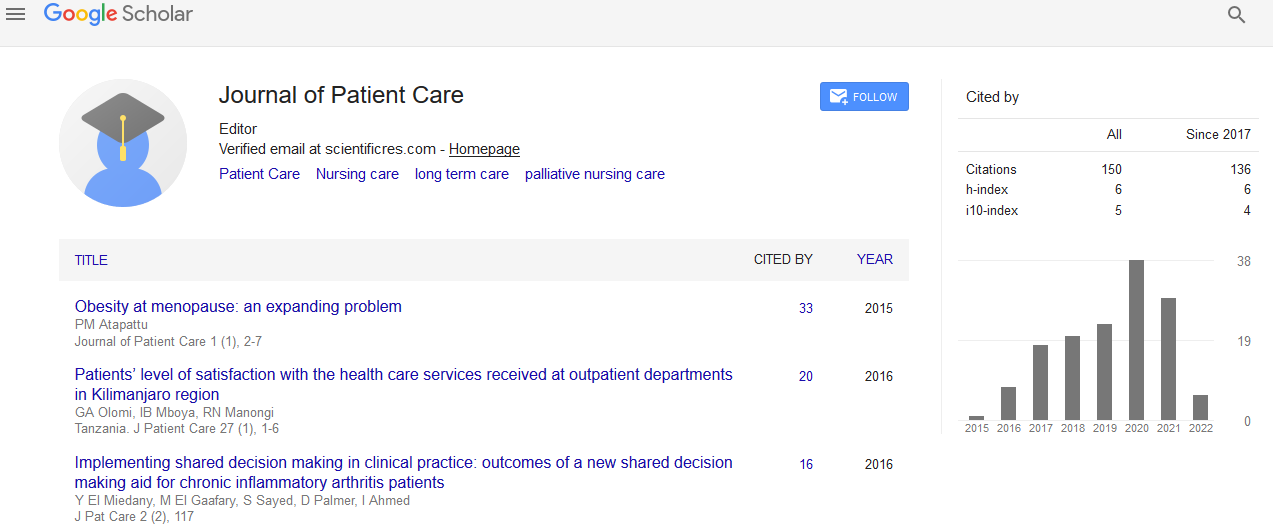Indexed In
- RefSeek
- Hamdard University
- EBSCO A-Z
- Publons
- Geneva Foundation for Medical Education and Research
- Euro Pub
- Google Scholar
Useful Links
Share This Page
Journal Flyer

Open Access Journals
- Agri and Aquaculture
- Biochemistry
- Bioinformatics & Systems Biology
- Business & Management
- Chemistry
- Clinical Sciences
- Engineering
- Food & Nutrition
- General Science
- Genetics & Molecular Biology
- Immunology & Microbiology
- Medical Sciences
- Neuroscience & Psychology
- Nursing & Health Care
- Pharmaceutical Sciences
Abstract
Correlation among Bone Health Profile, Vitamin D Status and Body Weight among Children and Adolescents in the Western Region of Saudi Arabia
Abdulmoein Eid Al-Agha, Abdulla Fawaz Salah, Abdullah Ahmed Alshein, Ruba Ateeq Alshaikh, Bashaer Mahboub Alalwani, Majed Abdulkarim Alaama and Nuha Hazem Bukhari
Objective: Vitamin D deficiency related to obesity has significantly increased over the past 15 years and this has increased the risk for bone disease in children and adolescents. A sedentary lifestyle, with limited participation in outdoor activities, could exacerbate the effects of obesity on vitamin D deficiency. Therefore, the aim of our study was to evaluate the relationship between overweight/obesity and vitamin D deficiency among children in the western region of Saudi Arabia who have a relatively sedentary lifestyle due to high year-round temperatures.
Methods: We conducted a cross-sectional study including 218 participants (114 girls, 104 boys), 2 to 18 years old, evaluated in our ambulatory endocrine clinics in Jeddah, Saudi Arabia, between September 2015 and March 2016. Serum levels of vitamin D, phosphorus, calcium and alkaline phosphates were evaluated in relation to body weight.
Results: The mean age among children in our study group was 9.9 ± 3.9 years. A prevalence rate of vitamin D deficiency/insufficiency of 97.5% was identified (156/218 participants), with normal serum levels of vitamin D identified in only 4/218 participants (2.5%). Vitamin D levels were inversely related to body weight. High levels of alkaline phosphates were identified in 88.2% of participants, with levels of calcium and phosphorus being within normal ranges overall.
Conclusion: Based on our results, increased surveillance for vitamin D deficiency/insufficiency and alkaline phosphates levels in children who are overweight and obese should be considered. Moreover, as children and adolescents in the western region of Saudi Arabia typically have low sun exposure due to limited outdoor activities, vitamin D supplementation, as indicated by screening outcomes, could improve bone health outcomes in children who are overweight and obese.

